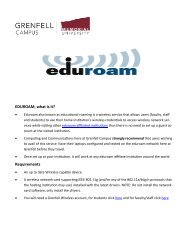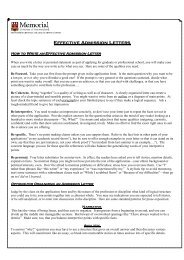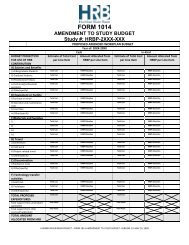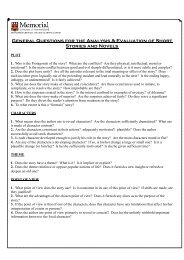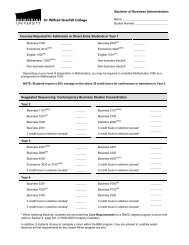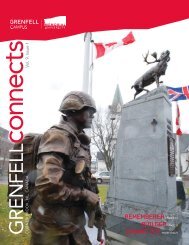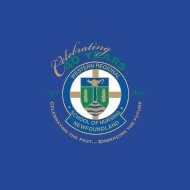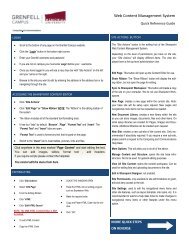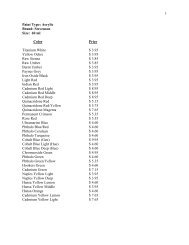How to Write a Summary - Sir Wilfred Grenfell College
How to Write a Summary - Sir Wilfred Grenfell College
How to Write a Summary - Sir Wilfred Grenfell College
Create successful ePaper yourself
Turn your PDF publications into a flip-book with our unique Google optimized e-Paper software.
<strong>How</strong> <strong>to</strong> <strong>Write</strong> a <strong>Summary</strong> (cont.)<br />
2. Read the book or article for all you can understand the first time through. Do not slow down or turn back. Check or<br />
otherwise mark main points and key supporting details. Pay special attention <strong>to</strong> all the items noted in the preview. Also,<br />
look for definitions, examples, and enumerations. You can also identify important points by turning headings in<strong>to</strong><br />
questions and reading <strong>to</strong> find the answers <strong>to</strong> questions.<br />
3. Go back and re-read more carefully the areas you have identified as most important. Also, focus on other key points<br />
you may have missed in your first reading.<br />
4. Take notes on material. Concentrate on getting down the main ideas and key supporting points.<br />
5. Prepare the first draft of your summary, keeping these points in mind:<br />
a) At the start of the summary identify the title and author of the work. Include in parentheses the place of<br />
publication, publisher, and publication date.<br />
b) Do not write an overly detailed summary. Remember, the purpose of a summary is <strong>to</strong> reduce the original work<br />
<strong>to</strong> its main points and essential supporting details.<br />
c) Express the main points and supporting details in your own words! Do not imitate or stay <strong>to</strong>o close <strong>to</strong> the<br />
style of the original work.<br />
d) Quote from the material only <strong>to</strong> illustrate key points.<br />
e) Preserve the balance and proportion of the original work. If the original concentrated 40 pages on one area and<br />
only 3 pages on another, your summary should reflect that emphasis.<br />
f) Revise the first draft, paying attention <strong>to</strong> the principles of effective writing (unity, support, organization, and<br />
clear, error-free sentences)<br />
g) <strong>Write</strong> a final draft of the paper.<br />
A model summary of a magazine article follows:<br />
MODEL SUMMARY<br />
In an article titled “On Magic in Medicine” (Human Nature, January 1979), Lewis Thomas describes the widespread<br />
tendency <strong>to</strong> create easy and simplistic explanations for our most serious diseases. In the past, for example, many people<br />
believed tuberculosis was caused by night air and insufficient sunlight. This untested theory remained widely accepted<br />
until science identified the single proven cause of the disease: the tubercle bacillus. Today there is a popular theory <strong>to</strong><br />
explain cancer, heart disease, stroke, and other diseases about which science is still largely ignorant. The theory is that<br />
people become ill because they do not live right. They do not practice such basic health habits as eating breakfast,<br />
exercising regularly, not smoking, and not drinking <strong>to</strong> excess. In fact, however, there is no conclusive scientific evidence<br />
that keeping fit will ward off deadly diseases or add years <strong>to</strong> one’s life. Yet, people will continue <strong>to</strong> believe in “magic”<br />
explanations and solutions until science comes in with cold, hard facts.<br />
This information has been compiled and/or adapted by the Learning Centre. Please Drop by AS 234 and meet the assistants.<br />
Revised 2004




